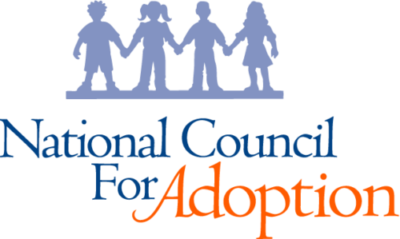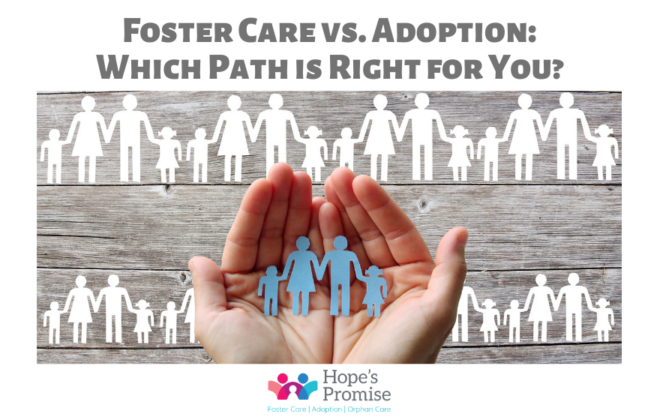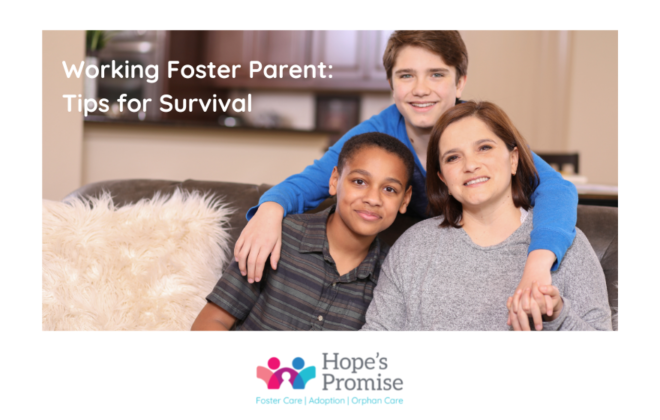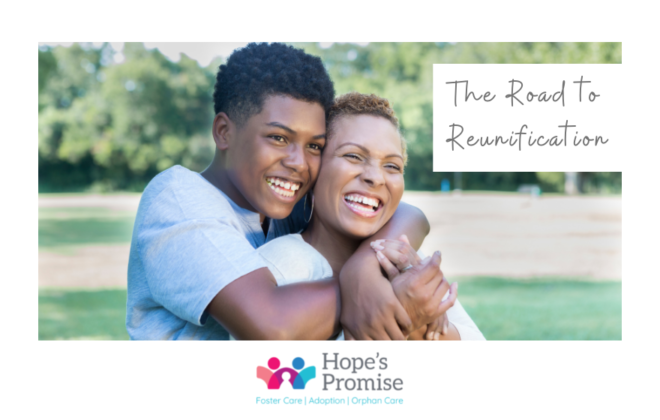Adoption During COVID & the Rising Wave of Children
By Rob Scheer
Many have pointed out over the past weeks that if there’s a silver lining in the coronavirus pandemic it’s that the virus doesn’t seem to affect children as badly as it affects adults. But if we take a broader view, one wide enough to encompass the plight of a group which exists at the very fringes of our society—children caught in America’s ailing foster care system—nothing could be further from the truth.
One as-yet unseen consequence of the pandemic is the rising wave of children who will enter the foster system. Critical institutions, like schools, social services and community programs, that served as some kids’ only safety net no longer have the ability to catch them. And thousands of children locked at home with abusive, neglectful or unstable caregivers, will invariably end up swept into the system. If we’re to prevent this wave from becoming a tsunami, we have to take radical action right now.
Even before COVID-19 turned the world upside down, the delicate social structures that hold life together for one of our most vulnerable populations were frayed almost to the point of disintegration. Of the 430,000 kids in America’s foster care system, only half will ever graduate high school. Little more than one in 10 will go to college. And only 3% will graduate with a degree. Those numbers are only the tip of the iceberg.
Forty percent of children in America’s foster care system will become homeless on the day they age out of the system. That number rockets to 70% within two years. Given this grim context, it should be no wonder that two thirds of incarcerated men in America have been through the foster care system—as have 80% of child victims of human trafficking.
This is not mere failure. It’s a rolling catastrophe that has gone unaddressed for decades. With COVID-19 straining an already overburdened—and deeply flawed—system, there is no longer time for hole-plugging. Rather, we have to start looking closely, and speaking openly about, the fundamental issues that have caused and are now perpetuating this breakdown.
Chief among these issues is knowledge. As you read this, 4,600 children in the foster system are unaccounted for. That means they are missing. Disappeared. There are no amber alerts, no press conferences, and no army of volunteers combing fields and forests. The system—let alone the public—barely registers their absence.
This issue closely dovetails with another major failing, which is the fragmentation of the child welfare system among the states. The U.S. federal government, which has seen fit to centralize the nation’s most critical systems and processes like the collection of income tax, leaves matters almost solely in the hands of the states when it comes to the welfare of our children. The most flagrant manifestation of this radical decentralization is the lack of a national database of kids in foster care, or a way for state agencies to communicate with one another.
This means that the parent or guardian of a child who is considered severely at-risk can simply pick up and move to a different state. The new state will have no knowledge of the child’s situation, or even of their presence. The slate is wiped clean and with it all reasonable hope that the child might end up in a better, safer situation.
Finally, we have to consider the effect of race, which plays a definitive role in America’s child welfare system. We see this most starkly in the most common reason children enter the system, which is “neglect.” Though 67% of kids are placed in foster care because of it, there is no formalized or standardized definition of child neglect in the U.S. This makes for a situation ripe for the exercise of bias, even (or especially) when it’s unintended and unaware.
Many of us were warmed this year by a viral video of a young white mother in a wealthy suburb of Ohio who called the police because she had no formula to give her baby. The results were a friendly officer showing up at the mother’s door with the formula. But the same situation unfolding in the Bronx or Baltimore would likely trigger a child services investigation. And once a child is placed in the system, it can take a year or more to get them out—even when the parent or guardian is found to be fit, and the home is deemed safe.
Facing what’s essentially a crisis within a crisis may be overwhelming. But by acting together—as families, as communities, and as a country—we will make a difference. This starts with three simple steps. First, ask your congressperson what your county is doing to prepare for the wave of kids entering the foster care system. Second, express your support for champions of this in government, like Congresswoman Karen Bass, a recognized expert on the topic. And, third, reach out to organizations like the one I’m a part of to ask how you can make a difference. Alone these actions may seem insufficient. But, taken together, they amount to real and lasting change.
About the Author:
Rob Scheer founded Comfort Cases in 2013. Comfort Cases is an all-volunteer charitable organization that provides overnight bags, pajamas, hygiene items, activities, and comfort items to children and teens transitioning into foster care. An adoptive father of four children from foster care and a former foster teen himself, Rob recognized a troubling yet consistent trend: like so many in the foster care system, his own children came to his home carrying what few possessions they had in black trash bags. He immediately connected the trash bags with the instability, lack of self-worth, and fear that many kids in foster care experience during this uncertain time in their lives. Armed with the conviction that all children should be provided with everyday essentials and the comfort of a few things to call their own, Rob started Comfort Cases and began a journey to improve the lives of foster children throughout the DC metropolitan region.




